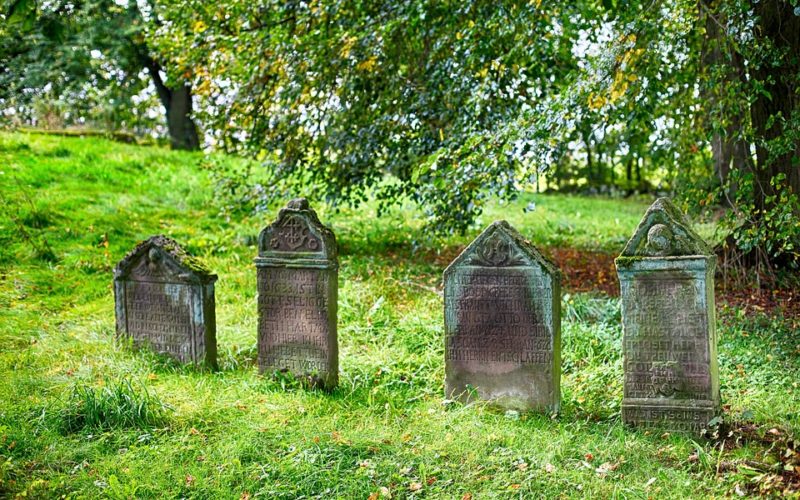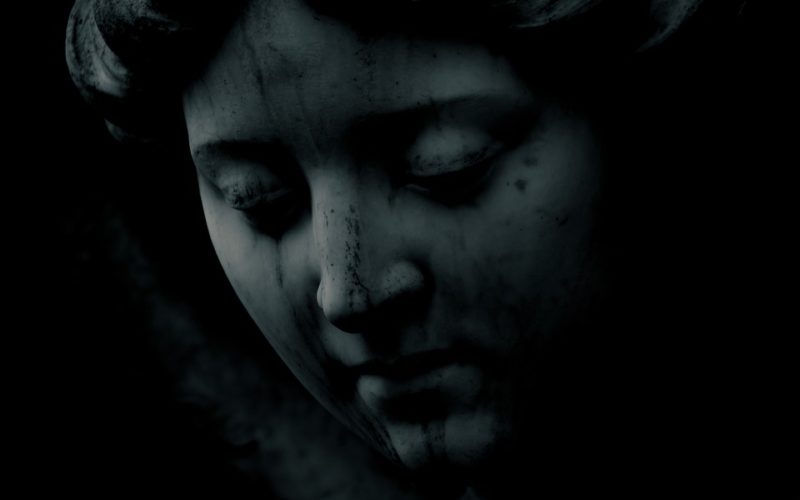After the Burial
Some religions have traditionally buried their dead quickly, and these are often ones founded in arid areas. The danger they once faced from the spread of disease has been mitigated with modern technology, but they see no reason to change a practice that has lasted thousands of years. These religions often have burial rituals, but one of the most important parts of their rite might be celebrated up to one year later.
Setting the headstone is almost never done in any religion before a loved one is buried, and it is due to the fact the stone must be carved. While some people are buried in a plot with other family members, their information will not be there when they are placed in the ground. The tradition to bury them as soon as possible after death has been modified to allow for travel by family and friends across the world, but it still must be done quickly. It leaves little or no time for the bereaved to be concerned about a marker.
The grave will generally have a headstone or marker purchased after the burial, and the gathering at that time is to honor the memory of the person who has passed. It does not require a religious official, and it can be only the family gathering. The ceremony can be held anywhere from thirty days to about a year after the person has passed, and the Jewish tradition is to have a covered headstone or market and unveil it.
Prayers for the person are part of this ritual, but there can also be readings and eulogies from friends and family members. Unveiling the headstone is generally the end of the mourning period for those closest to the deceased, and it marks their full entry back into their society. While the formal rituals have been complete, visiting the grave once a year is also part of their traditions that can last a lifetime.



